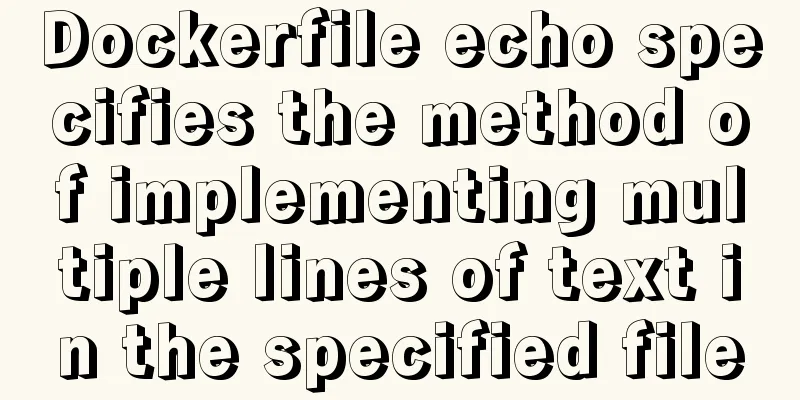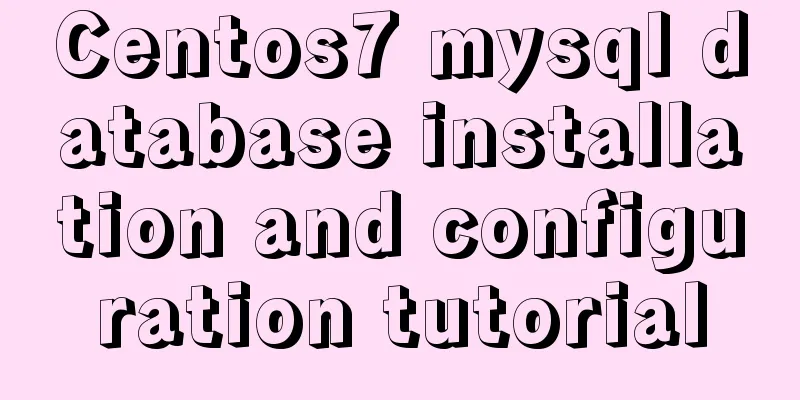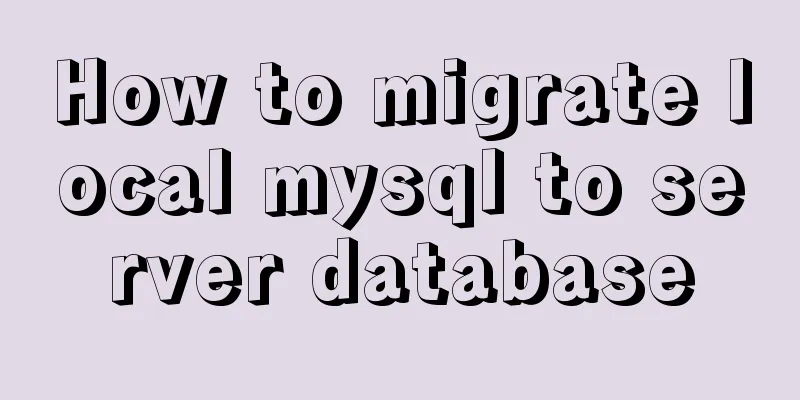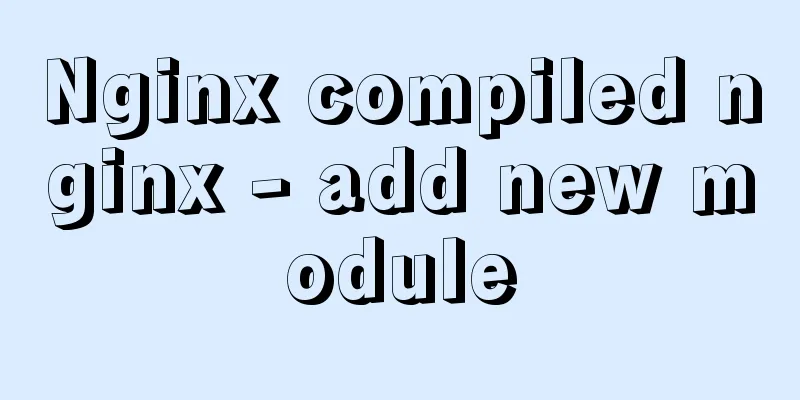Dockerfile echo specifies the method of implementing multiple lines of text in the specified file

|
Add multiple lines to the specified file in Dockerfile, pay attention to the "$" symbol after echo
[root@master01 ovn-node]# cat dockerfile
FROM ovn-node:2.11.2
# sed deletes the specified line RUN sed -i '53d' /root/start-ovs.sh
# Use echo to add multiple lines of content RUN echo $'OVERLAY_ENDPOINT=`hostname -i`\n\
ovs-vsctl set open . external-ids:ovn-encap-ip=${OVERLAY_ENDPOINT}\n\
\n\
# create a bridge , then mapping outside port\n\
ovs-vsctl add-br br-ex\n\
ovs-vsctl set Open_vSwitch . external-ids:ovn-bridge-mappings=phyNet:br-ex\n\
\n\
# add nic
ovs-vsctl add-port br-ex ${OVN_PHYNET_NIC}\n\
\n\
tail -f /var/log/openvswitch/ovs-vswitchd.log\n'\
>> /root/start-ovs.sh
CMD ["/bin/bash","/root/start-ovs.sh"]
Result: Note that the "#" comment line in the multi-line text is not entered into the specified file
[root@master01 ovn-node]# cat /root/start-ovs.sh
# Set remote ovn-sb for ovn-controller to connect to
ovs-vsctl set open . external-ids:ovn-remote=tcp:${OVN_SB_SERVICE_HOST}:${OVN_SB_SERVICE_PORT}
ovs-vsctl set open . external-ids:ovn-encap-type=geneve
OVERLAY_ENDPOINT=`hostname -i`
ovs-vsctl set open . external-ids:ovn-encap-ip=${OVERLAY_ENDPOINT}
ovs-vsctl add-br br-ex
ovs-vsctl set Open_vSwitch . external-ids:ovn-bridge-mappings=phyNet:br-ex
ovs-vsctl add-port br-ex ${OVN_PHYNET_NIC}
tail -f /var/log/openvswitch/ovs-vswitchd.log
The above is the full content of this article. I hope it will be helpful for everyone’s study. I also hope that everyone will support 123WORDPRESS.COM. You may also be interested in:
|
>>: Detailed explanation of multi-version concurrency control of large objects in MySQL
Recommend
How to use mysqldump to backup MySQL data
1. Introduction to mysqldump mysqldump is a logic...
Flash embedded in HTML Solution for embedding Flash files in HTML web page code (Part 2)
The above article has temporarily concluded my int...
Nginx reverse proxy springboot jar package process analysis
The common way to deploy a springboot project to ...
MySQL paging query optimization techniques
In applications with paging queries, queries that...
Implementation of fuzzy query like%% in MySQL
1, %: represents any 0 or more characters. It can...
CentOS7 network configuration under VMware virtual machine (host wireless Internet access)
This is the first time I used the CentOS7 system ...
Implementation of code optimization for Vue2.x project performance optimization
Table of contents 1 Use of v-if and v-show 2. Dif...
The difference and use of json.stringify() and json.parse()
1. Differences between JSON.stringify() and JSON....
CentOS 6 uses Docker to deploy redis master-slave database operation example
This article describes how to use docker to deplo...
Vue two-choice tab bar switching new approach
Problem Description When we are working on a proj...
Analysis of the process of deploying nGrinder performance testing platform with Docker
What is nGrinder? nGrinder is a platform for stre...
How to Find the Execution Time of a Command or Process in Linux
On Unix-like systems, you may know when a command...
How to create a scroll bar with fixed navigation and left and right sliding using CSS
As shown above, the navigation is fixed at the to...
JavaScript commonly used array deduplication actual combat source code
Array deduplication is usually encountered during...
How to add Vite support to old Vue projects
1. Introduction I have taken over a project of th...









